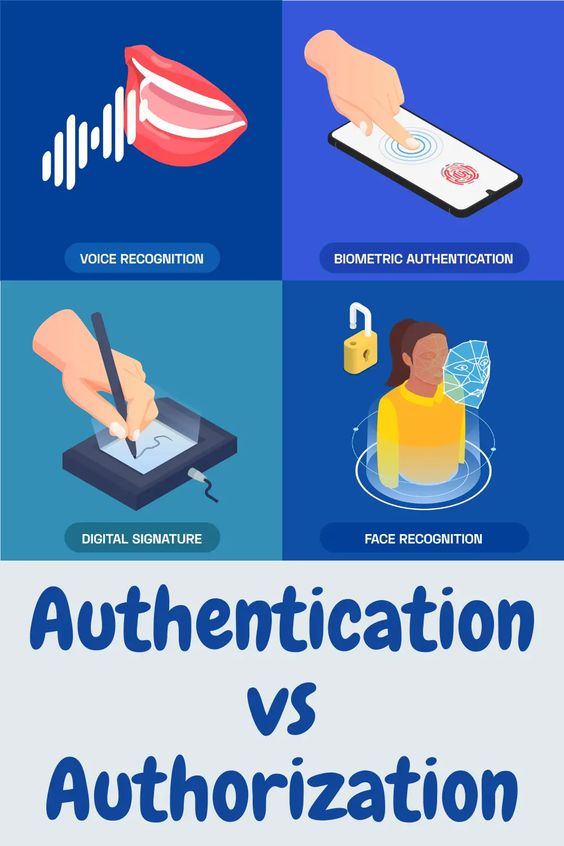Securing Your Back-End: Authentication and Authorization Techniques
Introduction
In the digital age, where web applications handle sensitive user data and perform critical operations, securing the back-end is of paramount importance. Authentications and authorization are two fundamental security techniques that form the backbone of back-end security. In this article, we will explore the best practices and techniques to ensure a robust and secure back-end system.
II. Understanding Authentication Techniques
Authentication is the process of verifying the identity of users and ensuring they are who they claim to be. Various authentications methods are available, including traditional username/password authentication, social sign-in, and multi-factor authentication. Evaluating the strengths and weaknesses of each method allows developers to choose the appropriate authentication technique for their web application.
III. Token-Based Authentication
Token-based authentication has gained popularity due to its stateless nature and enhanced security. JSON Web Tokens (JWT) and OAuth are widely used token-based authentication protocols. We will delve into the inner workings of JWT and OAuth, understanding how they ensure secure authentication and access control.
IV. Role-Based Access Control (RBAC)
Once a user’s identity is verified, the next step is authorization – determining what actions they are allowed to perform. Role-Based Access Control (RBAC) is an access control mechanism that grants permissions based on user roles. By designing role hierarchies and implementing fine-grained access control, developers can restrict users to specific functionalities and resources.
V. OAuth for Third-Party Authentication
OAuth is a powerful protocol for delegated authorization, allowing users to grant limited access to their accounts on other websites or applications. We will explore the various OAuth flows, such as the Authorization Code, Implicit, Client Credentials, and Resource Owner Password Credentials, and their implementation for secure third-party authentication.
VI. Best Practices for JWT Implementation
While JWT offers significant advantages, its proper implementation is crucial for maintaining security. We will discuss best practices for securely storing and handling JWTs, setting expiration times, and refreshing tokens to prevent unauthorized access.
VII. Session Management and Security
Session management is essential to maintain user state during their interactions with a web application. We will cover best practices for handling session IDs, preventing session hijacking, and implementing session timeouts to enhance security.
VIII. API Security and Access Control
Web APIs are a vital part of modern applications, and securing them is critical. We will explore various authentication mechanisms for APIs, such as API key-based authentication and rate limiting, along with implementing role-based access control for different API endpoints.
IX. Single Sign-On (SSO) for Seamless Authentication
Single Sign-On (SSO) is a solution that simplifies the authentication process for users across multiple applications. We will examine how SSO protocols like SAML and OpenID Connect work and how to integrate SSO for a seamless and secure authentication experience.
X. Cross-Site Scripting (XSS) and Cross-Site Request Forgery (CSRF) Mitigation
Web application vulnerabilities, such as Cross-Site Scripting (XSS) and Cross-Site Request Forgery (CSRF), pose significant threats to back-end security. We will explore prevention techniques for XSS attacks and the use of CSRF tokens to safeguard back-end systems from malicious activities.
XI. Conclusion
In conclusion, securing the back-end is a multifaceted task that requires implementing robust authentication and authorization techniques. By understanding the strengths and weaknesses of different authentication methods, adopting token-based authentication, leveraging RBAC for access control, and implementing additional security measures like SSO and CSRF mitigation, developers can build secure, reliable, and user-friendly web applications. Prioritizing back-end security is an ongoing responsibility, and staying informed about evolving threats and best practices is essential to maintaining a strong defense against potential security breaches.




